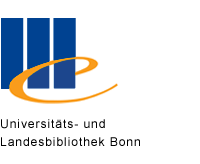We use the adaptive cycle theory to improve our understanding of cycles of urban change in the city of Barcelona from 1953 to present. Most specifically, we explore the vulnerabilities and windows of opportunity these cycles for change introduced in the release (Ω) and reorganization (α) phases. In the two recurring cycles of urban change analyzed (before and after 1979), we observe two complementary loops. During the front-loop, financial and natural resources are efficiently exploited by homogenous dominant groups (private developers, the bourgeoisie, politicians or technocrats) with the objective to promote capital accumulation based on private (or private-public partnership) investments. In contrast, the back-loop emerges from Barcelona’s heterogeneous urban social movements (neighborhood associations, activists, squatters, cooperatives and NGOs), whose objectives are diverse but converge in their discontent with the status-quo of conservation (the K phase) and their desire for a “common good” that includes social justice, social cohesion, participatory governance, and wellbeing for all. The heterogeneity of these social networks (shadow groups) fosters learning and social innovation and gives them the flexibility that the front-loop’s dominant groups lack to trigger change not only within but also across spatial scale (local community-based, neighborhood, city) and time dimensions, promoting a cross-scale process of revolt and stabilization, also known as Panarchy.

